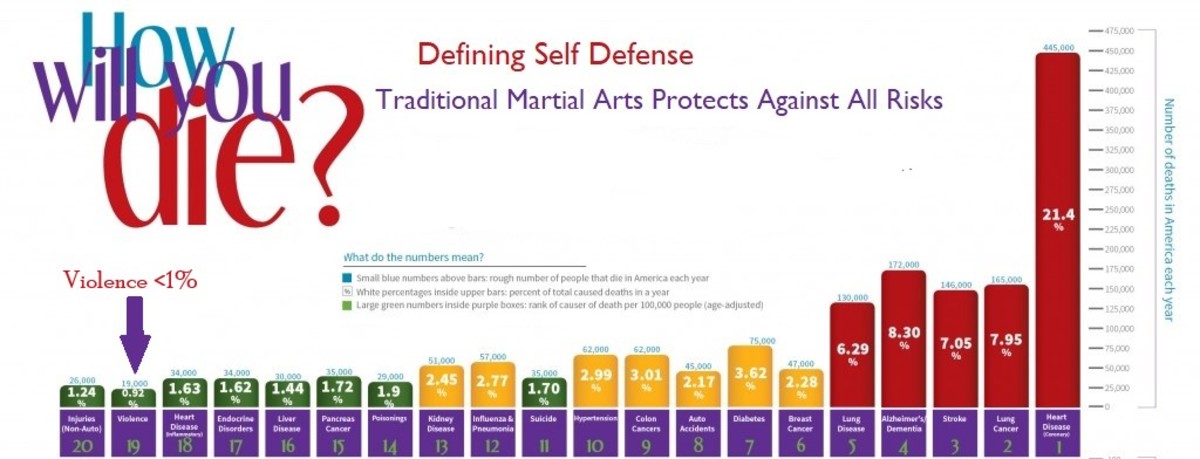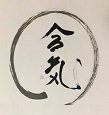Unlike MMA, traditional martial arts have evolved over 1,000+ years based upon individuals with profound understanding of the underlying principles. As a result, the system is far more comprehensive in avoiding detriment to one’s health while actively promoting positive health trends. There was a broad recognition of the importance of health so the warrior class could contribute constructively to society.
- Avoid Injury: Research supports that professional athletes expect a shorter lifespan, so care is taken to avoid exercise that is too intense, particularly with age, and any injury a participant has should heal so as to provide the most functionality long run. This prevents degradation of health as well as ability to defend oneself.
- Recover from Injury: Additionally, traditional martial arts target healing processes such as Traditional Chinese Medicine, relaxation during exercise, and nonviolent intent during training to facilitate the body to healing itself. These practices may be absent in MMA.
- Long-term Wellness: Unlike MMA, as the body ages the traditional martial arts target lifestyle decisions to optimize health throughout aging in ways modern science is now beginning to recognize. Exposure to cold as a swim on New Year's Eve, training outdoors and in the sun, fasting, and fresh/unprocessed foods are now included in anti-aging regimens for cellular healing from scientists such as David Sinclair. Intermittent exercise focused on both strength and cardio as well as exercise on an empty stomach are all recognized as well. All of these are part of traditional martial arts training.
Through generations of training, advanced martial artists have identified the importance of a profound sense of relaxation, especially during emergencies, as offering the best solution to a surprise attack. Traditional martial arts focus on this approach, which differs from some MMA schools. Here the focus is on the evolution of a surprise emergency:
- Avoid Accident: The best way to survive an accident is not to have one. Traditional martial arts teach humility, so the practitioner can properly identify their strengths and weaknesses and avoid circumstances that are not likely to end well.
- Awareness to Perceive: Next, an underlying awareness is crucial to respond quickly. Relaxation allows a continuous awareness, including opening peripheral vision, without burning out. Training for an intense competitive bout with only one opponent focuses on short bursts of attention to a small, localized area. The definition of an emergency is something unexpected, so it is unlikely to arise at a time and location where one is targeting their attention. This is not ideal to catch an emergency early on.
- Perceive to Understand: After maintaining awareness, perceiving the nature of the problem quickly to formulate a response also requires relaxation. Fear, dislike of the situation, or tension leading to over-reaction all "gum up" the process of recognizing what is going on. They are therefore antithetical to surviving in a difficult situation.
- Understand to Respond: Relaxation then allows a reflexive response, or a response not distracted by unnecessary cognitive thinking. The MMA instruction that teaches to accept that one must learn to live with an “adrenaline dump” in an emergency. This adrenal response is nothing but a fearful distraction from taking a corrective action. Believing you cannot, and therefore training to not respond well by avoiding the adrenal response, is selling yourself short. Survival requires confidence. In traditional martial arts, we are taught to be confident and aim high for our goals. Missing a high goal is less of a problem than missing a low one.

